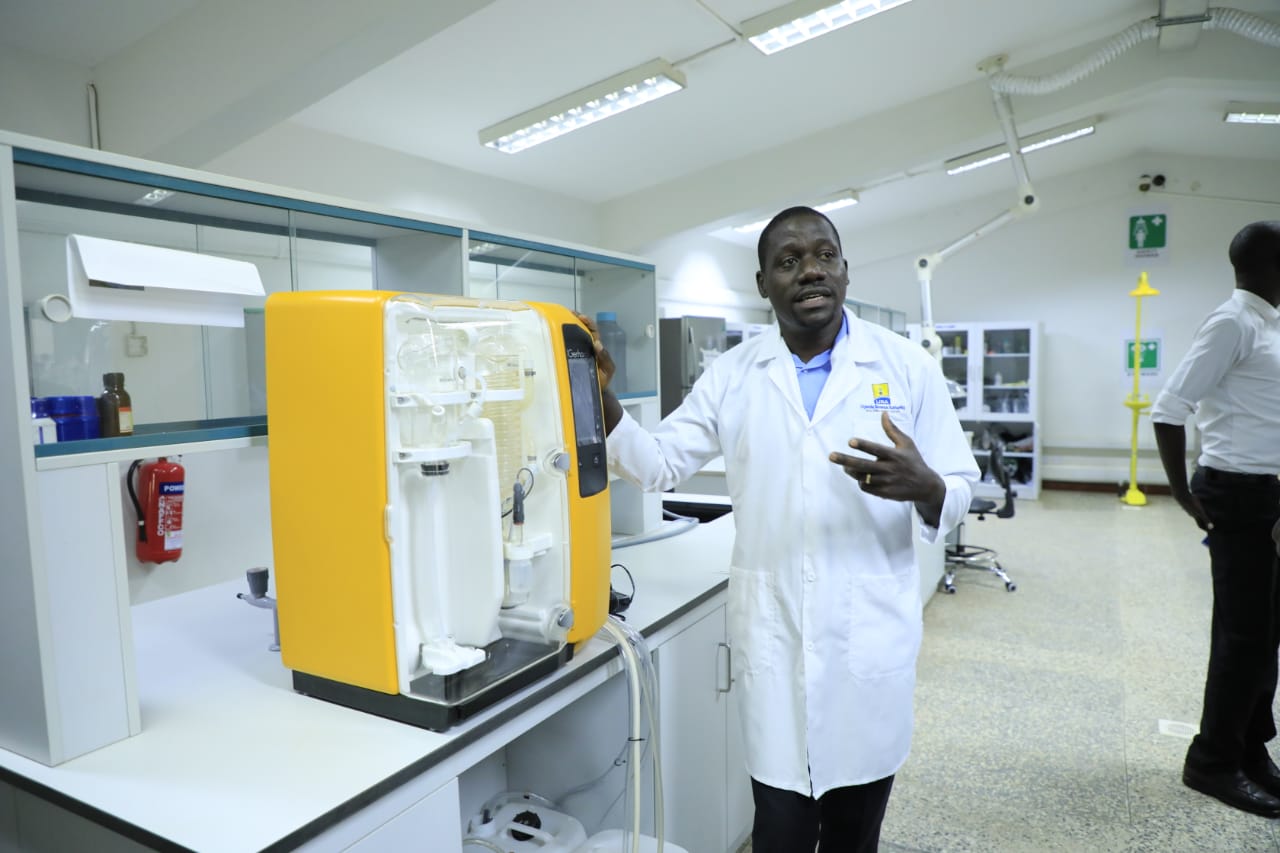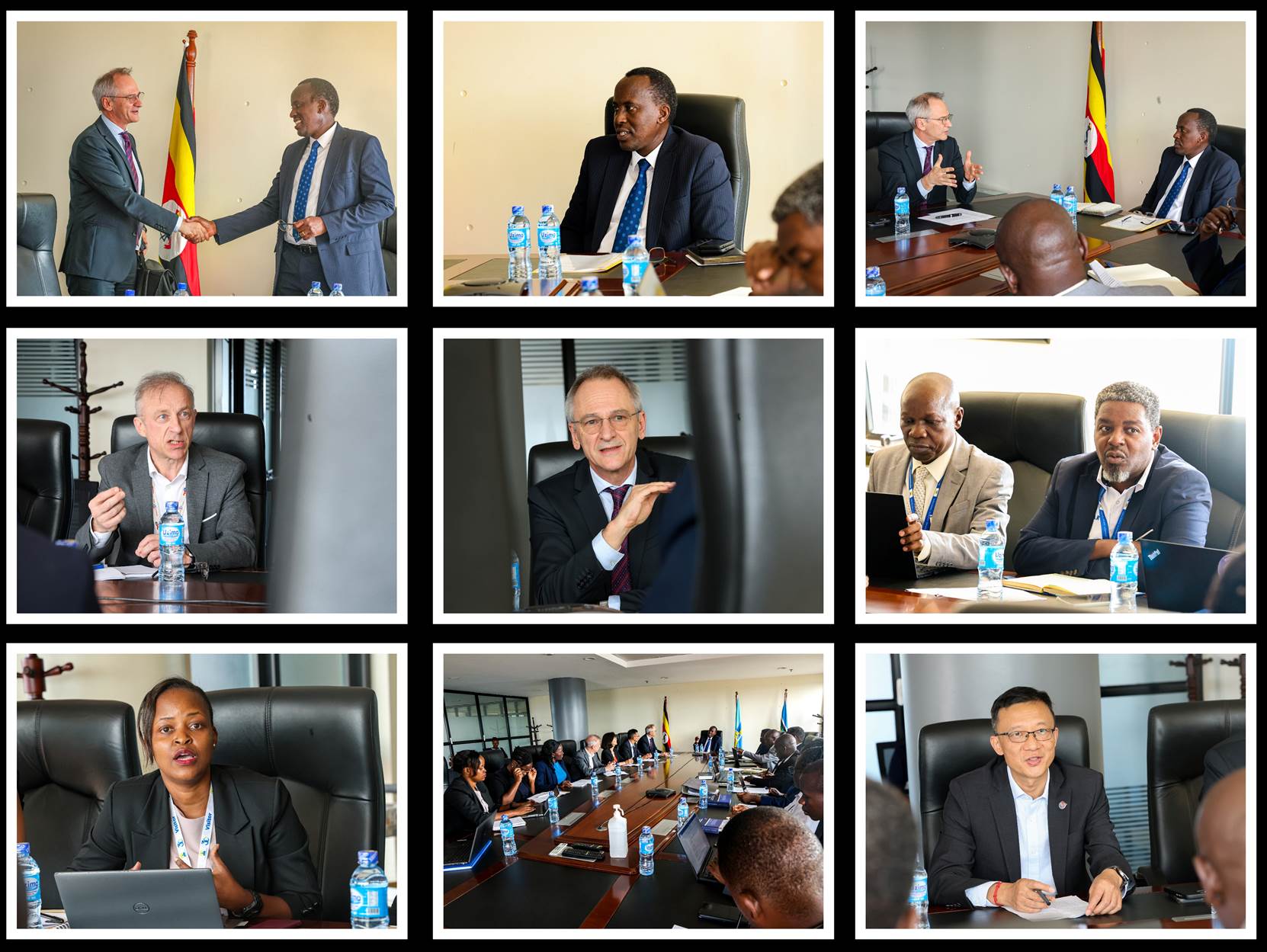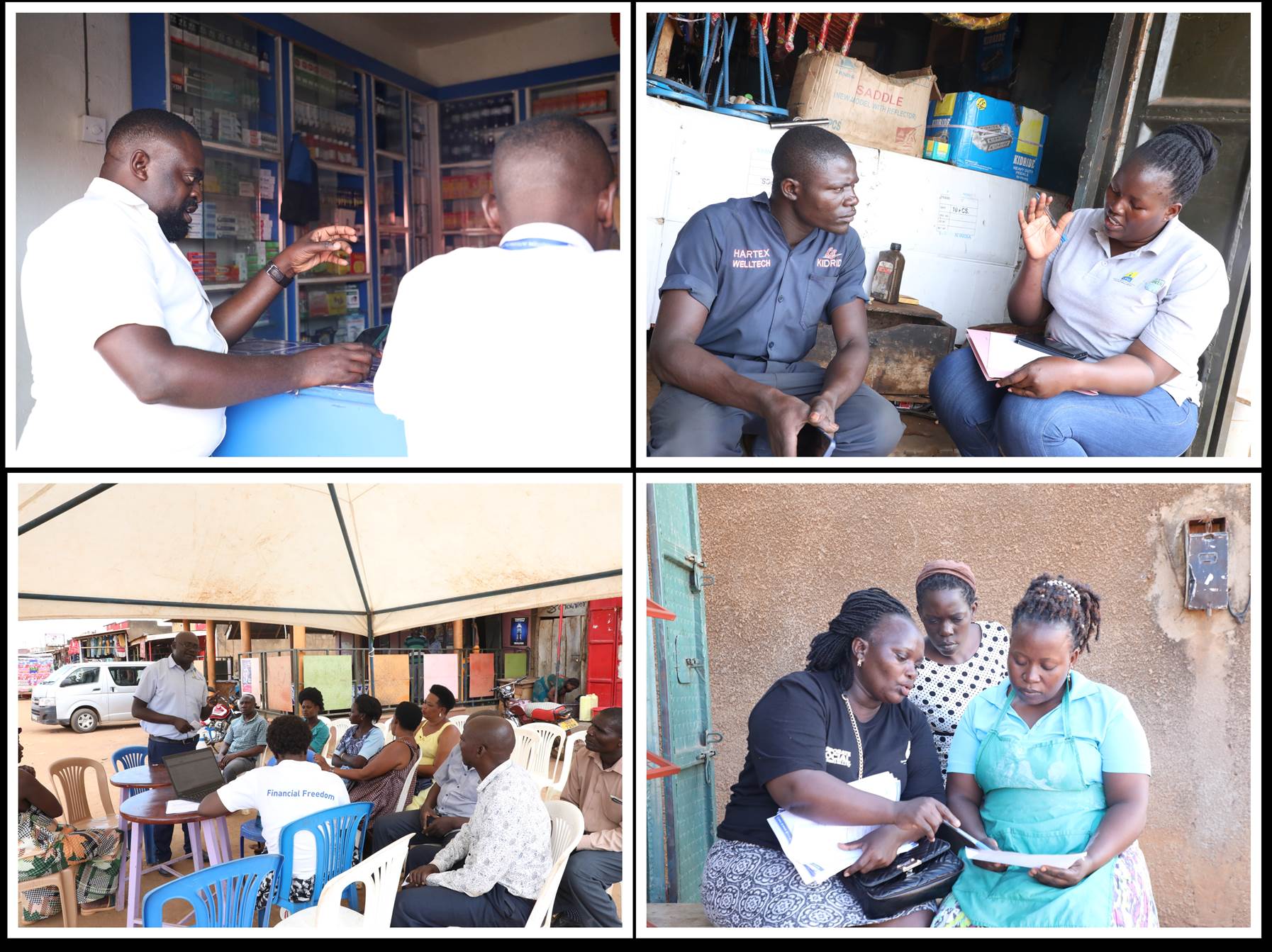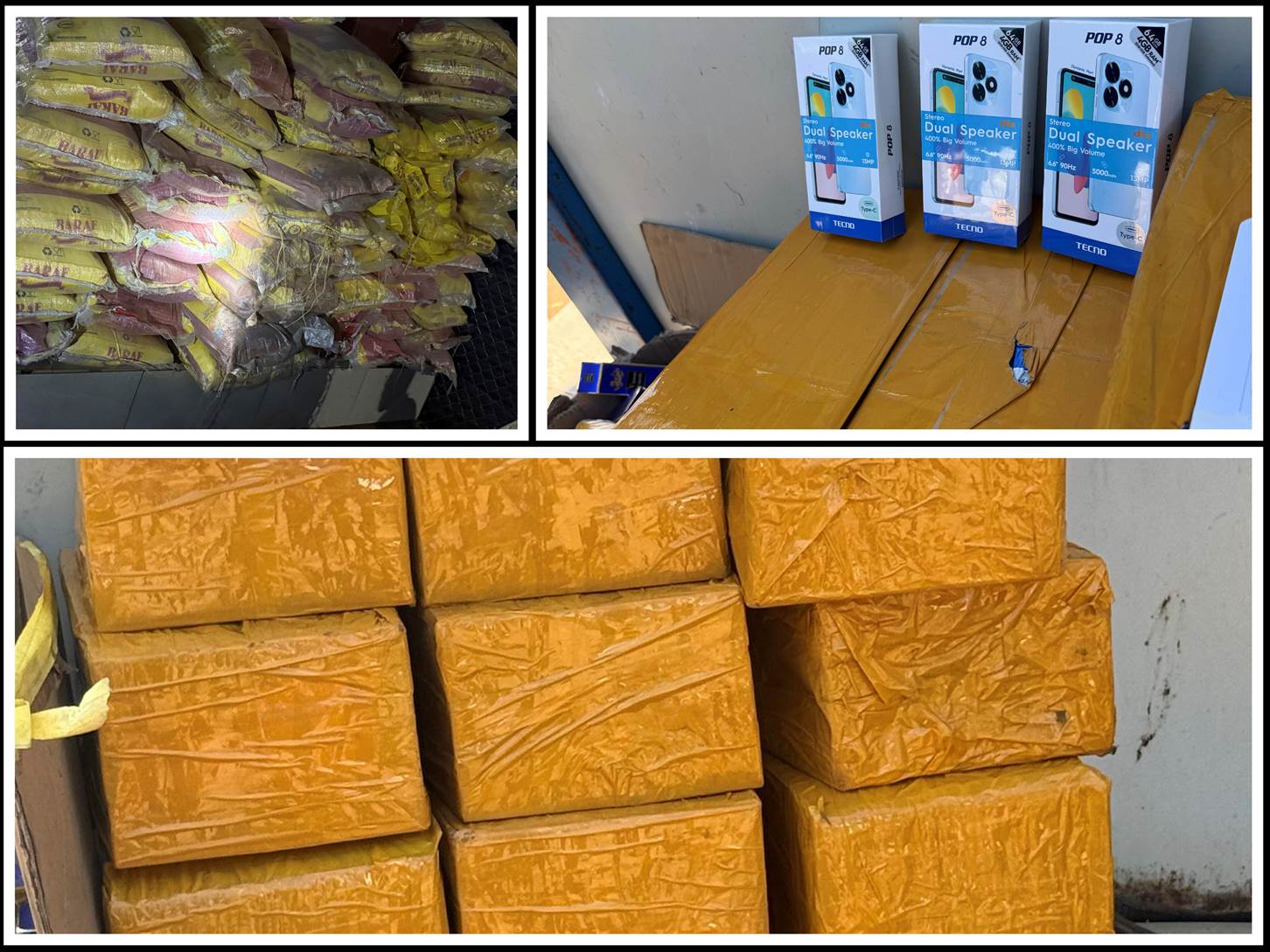By Taxman Writer
For many years, unscrupulous importers and manufacturers have evaded taxes through dubious means that involve misclassification and undervaluation of their goods at the customs border points. The intention is to reduce tax liability and increase profit margin in the domestic markets. The end result is revenue loss and unfair competition for compliant taxpayers.
However, URA is leveraging on technology for efficient and faster information sharing to enhance revenue collection. One of the initiatives is through establishment of a Science laboratory to identity goods based on scientific knowledge and expertise. Common items tested in the laboratory include; textiles, alcoholic and non-alcoholic beverages, chemicals, shoes, bags, lubricants, cosmetics, tiles, rice, and edible vegetable oil among others.
The URA Science Laboratory is intended to enforce tax compliance through testing of imported and locally manufactured goods. Specifically, goods whose identity cannot be accurately determined by physically but suspected to be mis-declared, misclassified, undervalued or prohibited according to international conventions and local legislation. Such products therefore call for sampling and testing in the laboratory.
Charles Katabi, the Supervisor Science Investigations, explains that these products need additional technology to ensure that they are appropriately classified using analytical science to determine their chemical composition.
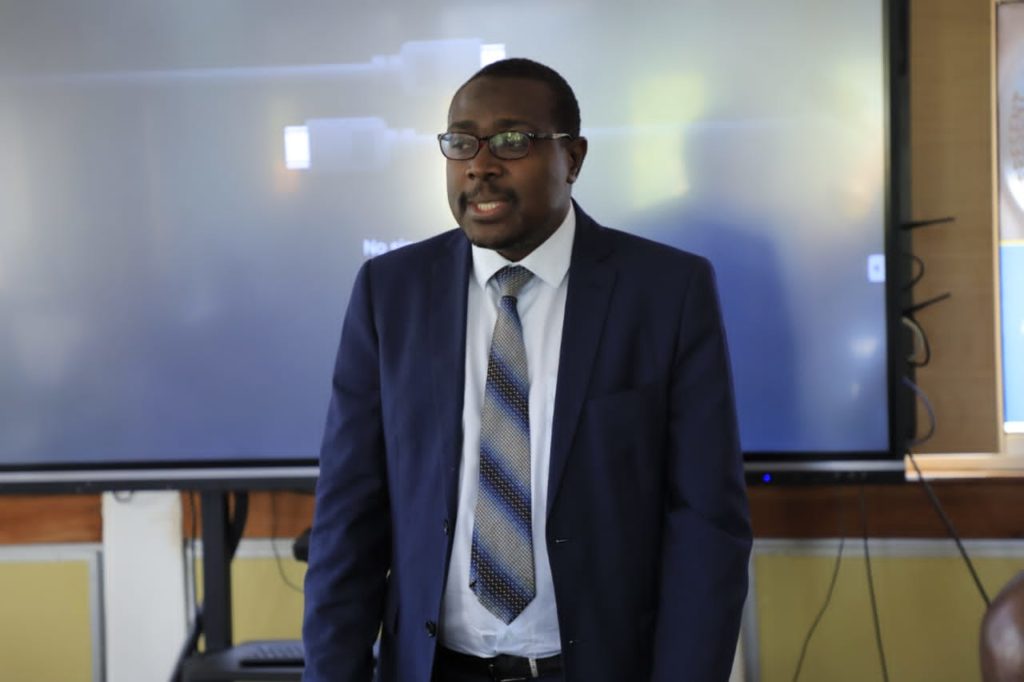
Currently, the application of analytical science in tax administration provides a unique and objective approach to detecting non-compliance in the assessment of taxes.
“For example, a cotton shirt may look similar to a shirt of polyester. These kinds of products require laboratory testing for accurate description. It is important to know that accurate description of goods determines how they are classified and subsequently taxed based on the East African Community Common External Tariff,” Katabi emphasized.
On how long the analysis takes, John Sejjemba an officer in the Tax Investigations Department noted that the laboratory analysis takes less than a week to provide a report.
“Textiles and tiles take two days while chemical items take about one week or slightly more. On other occasions, items that are more complex can take about two weeks,” Sejjemba explained on what it takes to carry out an analysis.
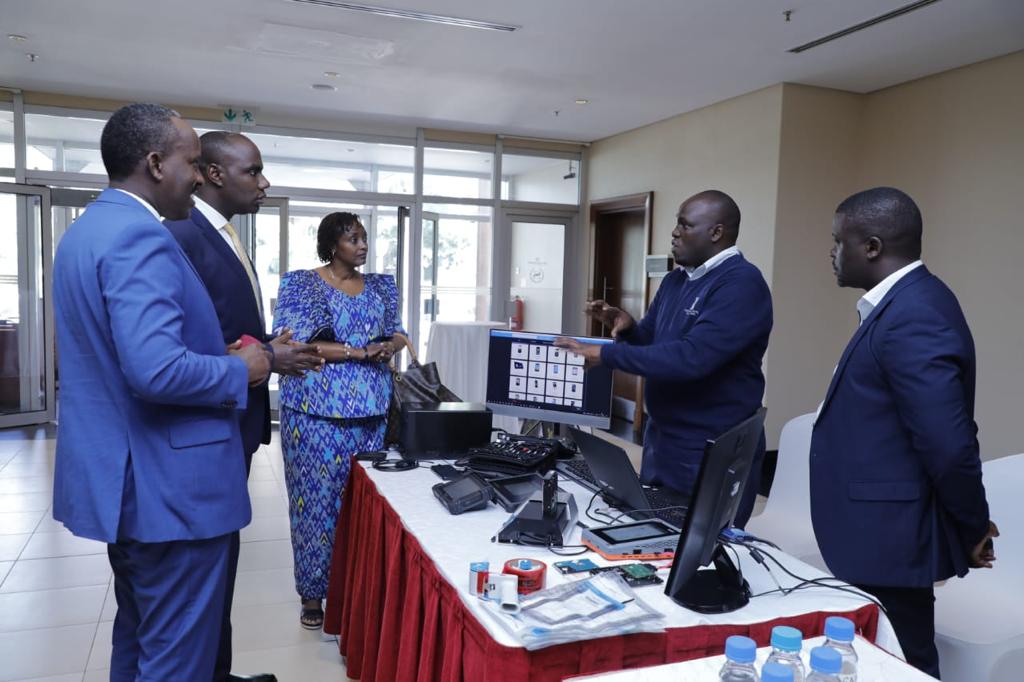
For goods that are deemed or suspected to be prohibited or restricted at importation such as narcotics, cosmetics containing hydroquinone and mercury at levels above acceptable limits, Customs can hold the consignment in question until investigations are concluded. Non-compliant goods are recommended for disposal in a manner that does not harm the environment. On the other hand, if the goods are not prohibited or restricted but the consignment was under declared, undervalued or misclassified — a top up tax is paid by the importer.
There are also instances where importers mis-declared and undervalued tiles as ceramic tiles but following completion of laboratory tests, the items were found to be porcelain tiles. In this case porcelain tiles attract a higher taxes compared to ceramic tiles based on the Harmonised System (HS) Code. The HS Code, is a standardized numerical method of classifying traded products. It is used by customs authorities around the world to identify products when assessing duties and taxes and for gathering statistics.
The General public is therefore encouraged to report all suspicious trade practises. The fine upon conviction for making false or misleading statements was increased from UGX 4 million to UGX 110 million.
Additional Reporting from URA Science Laboratory Team


